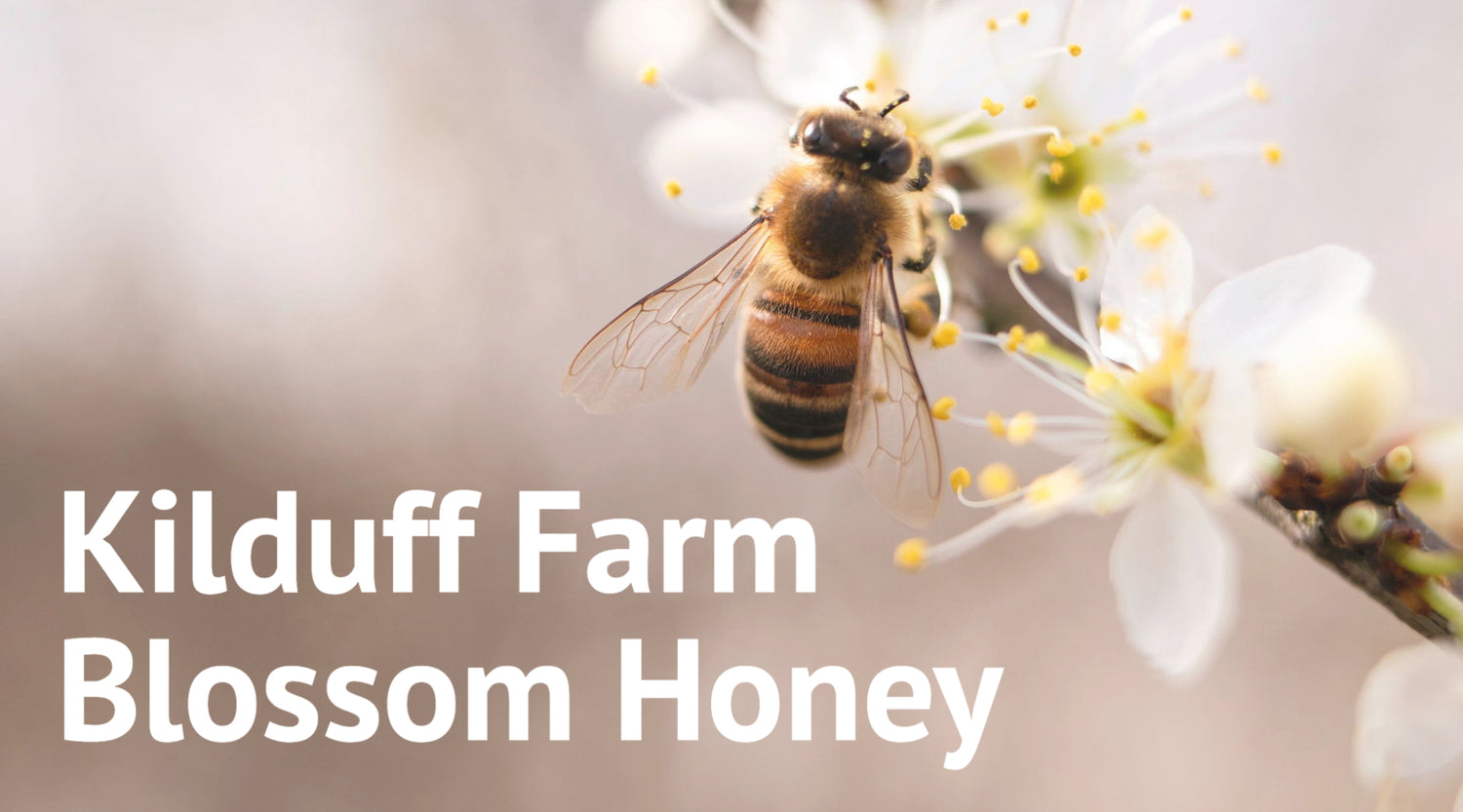As we start a new year, our beekeeper Katie has been reflecting on 2021. From observations on the honeybees activities and the variety of flowers they foraged to how she works alongside our honeybees and hives across Scotland, you're sure to learn something new!
Spring Season
It was always going to be slightly different to previous years given that it was my first season as a fully qualified bee farmer. March 2021 saw me handing in my final piece of work as a bee farming apprentice. The opening of my first beehive in March for spring inspections was a new chapter for the bees as well as for myself.

Compared to 2020, when early spring felt like summer, April/May 2021 felt a bit more typical for a Scottish Spring. It was chilly for some time, but the bees did get out to take advantage of crucial early pollen and nectar sources such as willow, cherry and hazel in April followed by the likes of horse chestnut and sycamore in May.

As well as checking the health and wellbeing of all the colonies, the other big job in spring was to get around 20 hives over to East Lothian. Here, the bees would have a chance to take advantage of the abundance of oilseed rape along with a bit of pumpkin pollination later in the season. This is where our blossom honey is produced, try a jar by clicking here! As in previous years, the bees took up residence at the lovely Kilduff Farm, home to The Patch.
And what a spring it was for the colonies in the east of Scotland. Up here we’re lucky to get 40lbs of honey per hive per season, but some of the colonies in East Lothian were flying. We even got an opportunity to get a photo with a “skyscraper” hive. The likes of which I’d only ever seen on my work placement in New Zealand.

The bees back in Dumfries and Galloway weren’t having a bad time themselves. Once the weather warmed up there was plenty of nectar to go round and I found myself running round like a headless chicken trying to keep up. Not only were full boxes flying off and new ones going on, but the bees were making swarm preparations at levels not seen before (according to one local bee farmer with 35 years’ experience). It made for some interesting swarm collection.

The advantage of the swarm preparations was that they allowed me to make a bit of an increase on our colony numbers. I did this through splits - the process by which one colony becomes two. I ended up with quite a few nucleus colonies to take care of.

A really popular nectar enjoyed by the bees this year came from the lime trees (Tilia x europaea). Lime honey is a bit of a treat here in Scotland as the limes don’t always yield, thus nectar production can be very unreliable. In a favourable year though it can be a brilliant source for the bees. Imagine a track lined with huge lime trees, all of which are in flower simultaneously – that’s a lot of nectar! The best thing about lime honey is you always know when the bees have foraged on it as the honey has a gorgeous and distinctly minty smell.
Summer Season
By July it was time to get some of the colonies over to the heather moors. Most of our bees spend their time in the southern uplands, skirting the borders of Dumfriesshire and Lanarkshire.
For the heather to be a success there generally needs to be plenty of moisture in the ground and we certainly had plenty of rain prior to flowering to guarantee this. The big worry initially was the temperature, with August being unseasonably cold. Not particularly appealing weather for the bees to get out and forage on the windy moors. Thankfully mid-August saw a couple of weeks of warm weather and that was enough for the bees to head out and get a decent crop. Try a batch of our award winning heather honey by clicking here!

At the moment we're getting organised for the season ahead. The bees will be back out in March and we can't wait to keep you updated throughout the year!
In the mean time, check out our recent piece on honey fraud to find out why it's important for us beekeepers, the bees and the environment that you buy natural, pure and locally sourced honey. Click here to learn more!






